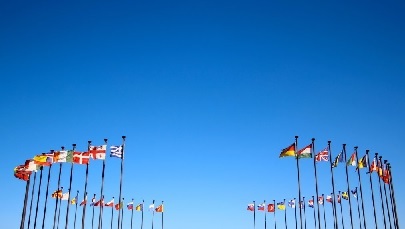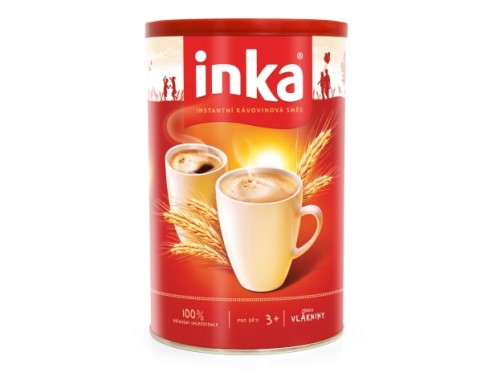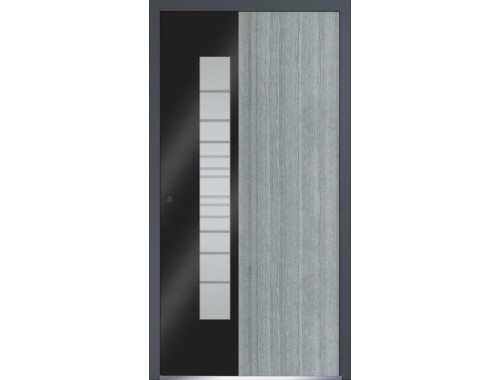The forgotten superfood – Kasha. Try the Eastern European grains of health
We are all consumed with finding the next, newest superfoods to enrich our diets. Most of them come from exotic countries and travel a long way to grace our tables. Instead of spending lots of money on mysterious algae and magical seeds, it’s worth giving a chance to products that have been appreciated for many generations. Kasha is both one of the oldest superfoods and the latest discovery for lovers of healthy cooking.
Anyone with a Slavic babushka knows what kasha is. All grandmothers who come from Eastern Europe love to feed others and know very well how to manage a cheap, yet empowering diet. Although the cuisine of this region is associated mainly with potatoes, cabbage and fatty meat, it does not lack many healthy herbs, fresh vegetables and ... groats. For Eastern Europeans, kasha is not only the foundation of a healthy diet, but is also a source of history and tradition. For example, preparing pearl groats in the traditional way involves placing them in a pot under a thick, warm quilt , where they simmer for a further two hours after cooking. Why do we know so little about groats? Our tables host mainly overrated couscous, which, like pasta, is made from semolina flour. In Eastern Europe, kasha is not just buckwheat but a variety of seeds from different grains with various health properties. Let's find out how to introduce this simple superfood, which has been brought by many Eastern immigrants into your diet.
People are becoming more creative in the way they prepare basic foods. Groats, although underestimated by many young people at first, have begun to take the form of exquisite dishes in recent years. The Soligrano brand knows this best, exporting its cereal products and groats to many countries around the world.
”One of the latest trends in preparing kasha is called 'kashotto'. Instead of the well-known Italian risotto based on white arborio rice, we can prepare a dish rich in vitamins and protein using groats - such as buckwheat or pearl barley. Kashotto is a simple and delicious way to introduce groats into your diet. Even the best chefs know that groats show great potential in the kitchen. Interestingly, although dietary trends are changing, in Eastern Europe kasha has remained one of the most appreciated superfoods for centuries.” – says Kamil Rabenda, CEO of Soligrano.
Wondering how to prepare kashotto? Here's the recipe!
Ingredients:
2 cups of buckwheat
30 grams of dried mushrooms, soaked in water
200 grams of fresh mushrooms
0,5 litre of vegetable stock
200 ml of dry white wine
1 onion
3 garlic cloves
olive oil
salt, fresh parsley and your favourite spices
Method:
The preparation method for each kashotto is similar to risotto. First fry the onion and garlic in olive oil and then add the groats. After a while add the wine, and when the alcohol evaporates, pour some of the broth onto the kasha. Add your sliced mushrooms and spices. Cook until the buckwheat groats are tender, adding the remaining broth from time to time. Finally, sprinkle with fresh parsley!
In addition to kashotto, kasha also provides ample opportunity for vegans and vegetarians. Examples are pâtés based on millet groats, puddings, or traditionally as a side dish instead of potatoes or rice. Different types of groats provide large amounts of fibre, lower the level of bad cholesterol in the blood, and also improve the mood through their high potassium and magnesium content. Moreover, kasha is rich in protein and aids digestion. Slavic superfood is at your fingertips and it’s worth reaching out for!

































.jpg)



